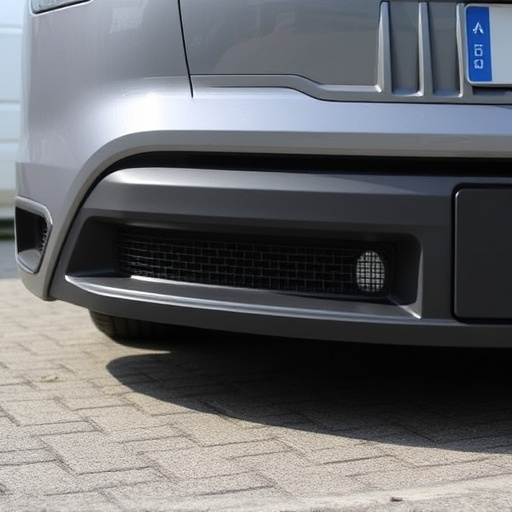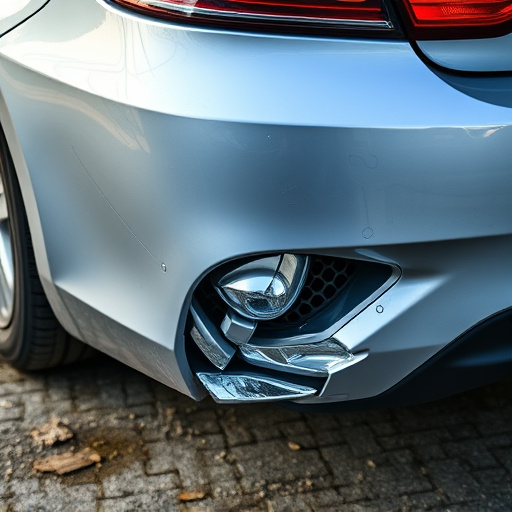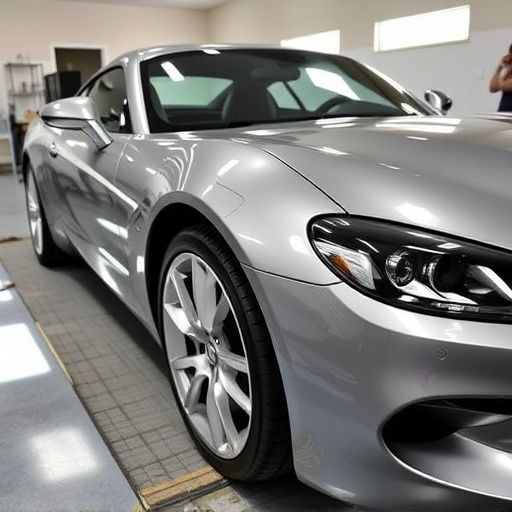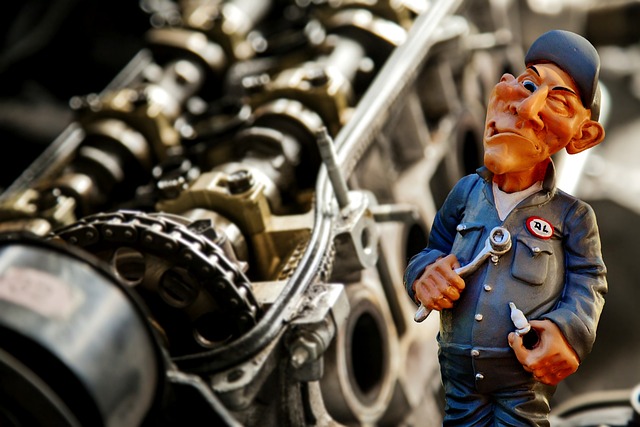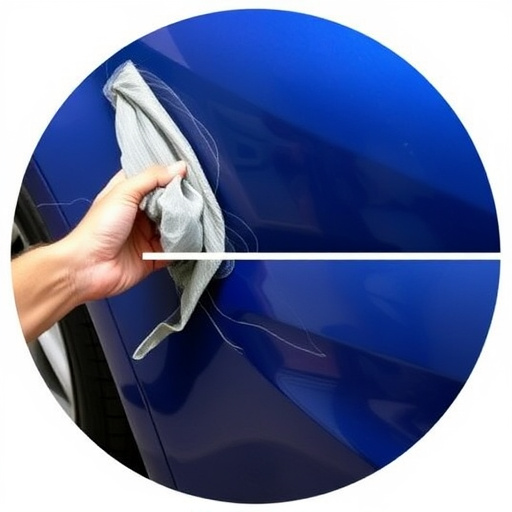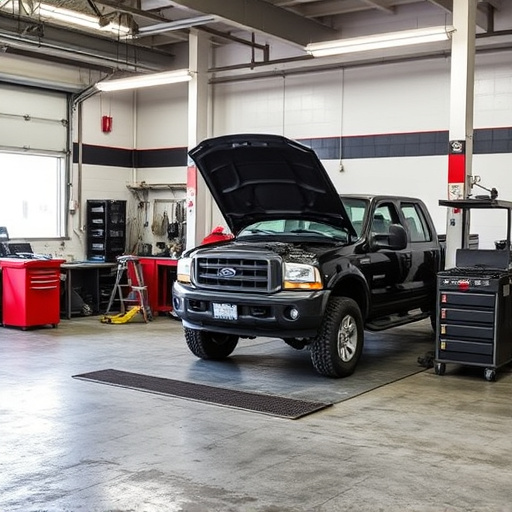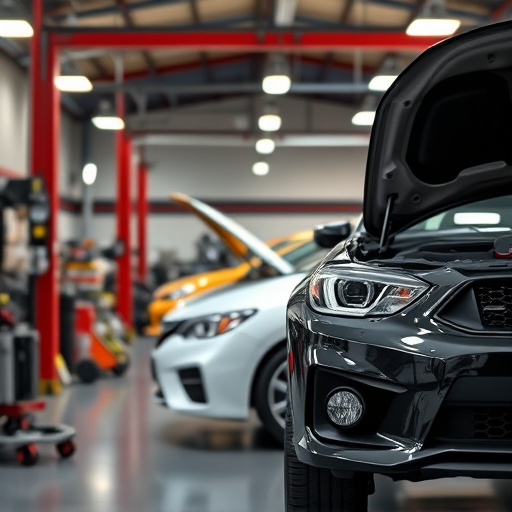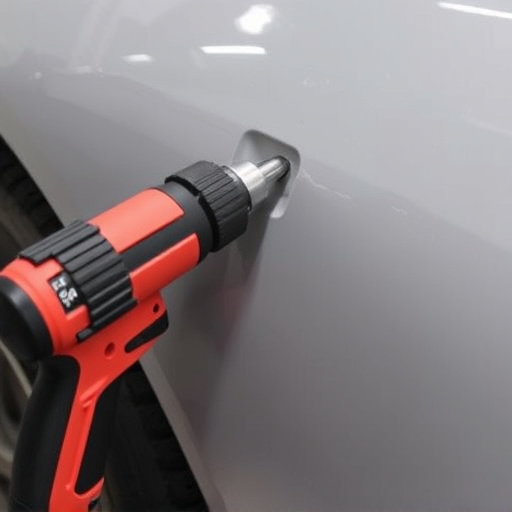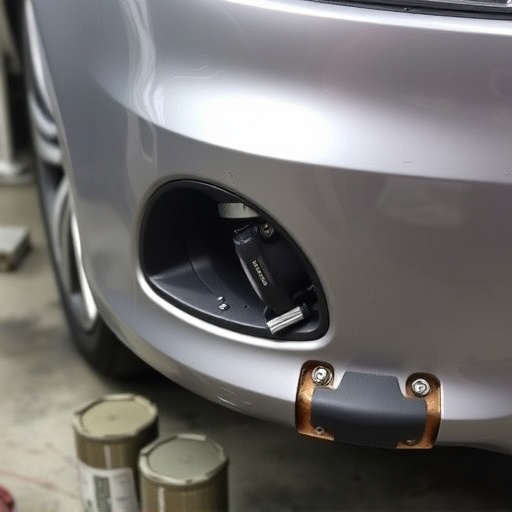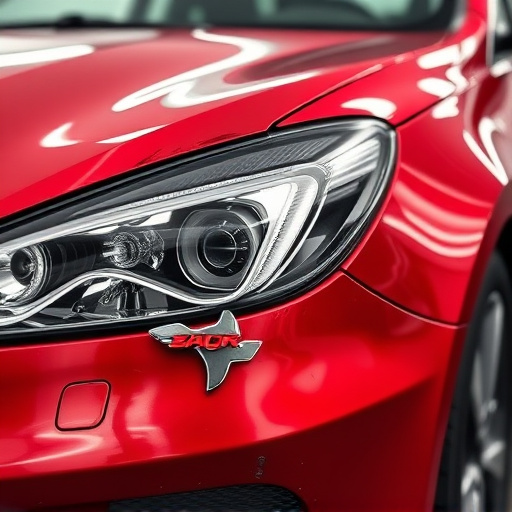Paintless dent repair (PDR) is a non-invasive automotive restoration technique that uses specialized tools to reshape metal without damaging or replacing paint, ideal for minor to moderate dents and dings caused by hail or light collisions. PDR saves time and money compared to traditional bodywork, but its effectiveness is limited to shallow, recent dents; access to skilled technicians can also be challenging. While PDR maintains the original factory finish, it might not perfectly match surrounding panels.
“Considering a solution for car dents beyond traditional bodywork? Explore the innovative world of paintless dent repair (PDR), a non-invasive technique gaining popularity. This article delves into PDR, guiding you through its benefits and ideal scenarios. From understanding the process to evaluating advantages and limitations, we help you decide if PDR is the right choice for your vehicle’s imperfections. Discover when this modern method excels over conventional bodywork, ensuring both efficiency and aesthetics.”
- Understanding Paintless Dent Repair: A Non-Invasive Approach
- When is Paintless Dent Repair the Best Option?
- Advantages and Limitations: Weighing Your Options
Understanding Paintless Dent Repair: A Non-Invasive Approach
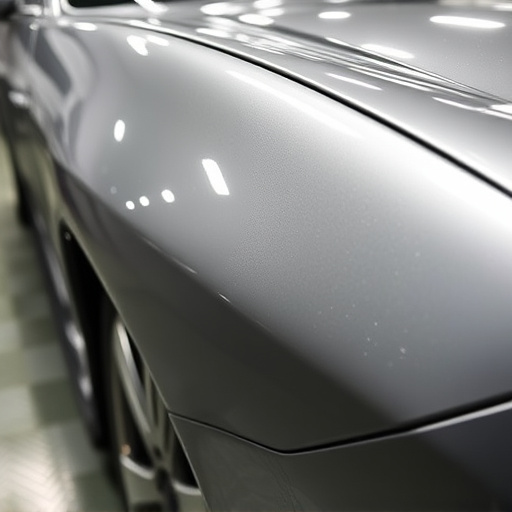
Paintless dent repair (PDR) is a cutting-edge method within the automotive restoration industry that focuses on removing dents and dings from vehicle bodies without damaging or replacing the paintwork. This non-invasive approach leverages specialized tools and trained technicians to gently work around the dent, pushing the metal back into its original form. Unlike traditional bodywork, PDR preserves the vehicle’s factory finish, making it a popular choice for auto repair shops aiming to offer quality, cost-effective solutions for minor damage.
By avoiding the need for extensive paintwork, PDR can significantly reduce repair times and costs, making it an attractive option for both individuals and businesses. This method is particularly effective on smaller dents, creases, and dings, ensuring that your vehicle retains its aesthetic appeal while minimizing the need for a trip to the body shop.
When is Paintless Dent Repair the Best Option?
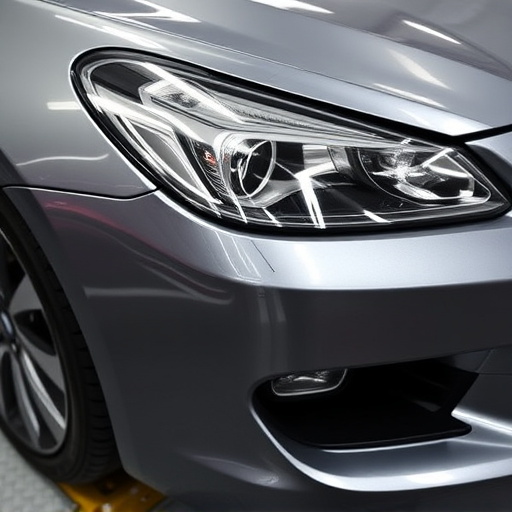
When considering repairs for your vehicle, paintless dent repair (PDR) stands out as a superior option in certain scenarios. This non-invasive method is particularly effective for minor to moderate dents and dings, such as those caused by hail storms or light collisions. PDR is ideal when the damage is superficial, affecting only the car’s surface without penetrating the paint or compromising structural integrity.
Compared to traditional auto body repair, which often involves extensive sanding, painting, and potentially replacing panels, PDR offers a more streamlined process. By using specialized tools and techniques, technicians can carefully manipulate the dent back into its original position, restoring the vehicle’s appearance without the need for extensive mechanical work or repainting. This makes it an attractive choice for those seeking a swift, cost-effective solution that retains the vehicle’s factory finish.
Advantages and Limitations: Weighing Your Options
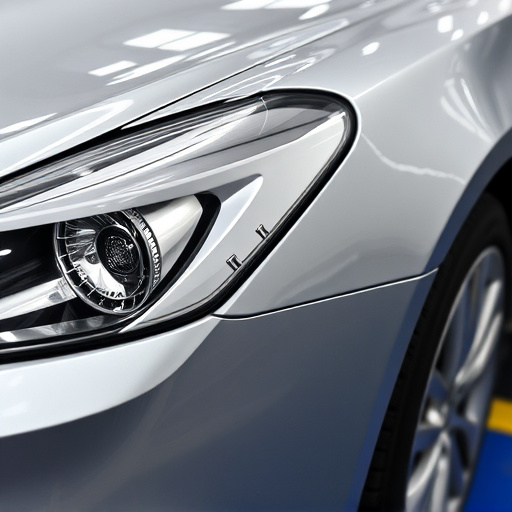
The paintless dent repair (PDR) method offers several advantages over traditional bodywork for minor dents and dings. One of its key benefits is minimal disruption to the vehicle’s original finish, preserving its aesthetic value and resale potential. PDR techniques use specialized tools to gently push out dents from the inside, eliminating the need for sanding or repainting. This non-invasive approach can save time and money compared to extensive auto body services, making it a cost-effective solution for many drivers.
However, there are limitations to consider. Paintless dent repair is most effective on shallow, recent dents; deeper or older damage might require more intensive repairs, including bumper replacement. The method also demands skilled technicians and specialized equipment, which can be a challenge in certain areas. Furthermore, while PDR maintains the original factory finish, it may not perfectly match the surrounding panels, leaving behind subtle traces of the repair for keen-eyed observers. Thus, when deciding between paintless dent repair and traditional bodywork, understanding these pros and cons is crucial to making an informed choice tailored to your specific situation and aesthetic expectations.
Paintless dent repair (PDR) offers a non-invasive, cost-effective solution for minor dents and scratches. By choosing PDR over traditional bodywork, you can save time, money, and maintain the original factory finish of your vehicle. While it’s ideal for specific types of damage, understanding its advantages and limitations is key to making an informed decision. Consider PDR when the dent is small, not deep, and doesn’t affect structural integrity. This method preserves the car’s value and appearance, making it a smart choice for efficient, non-disruptive repairs.

